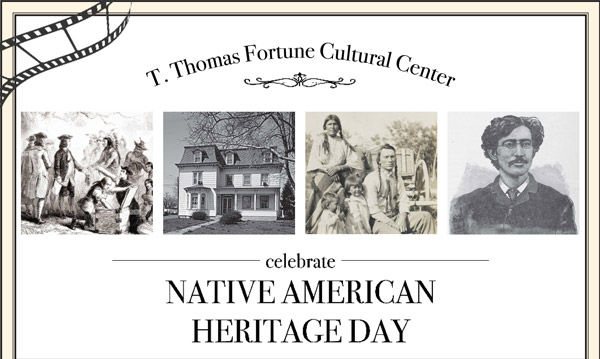By Christopher Benincasa, JerseyArts.com
originally published: 10/31/2018
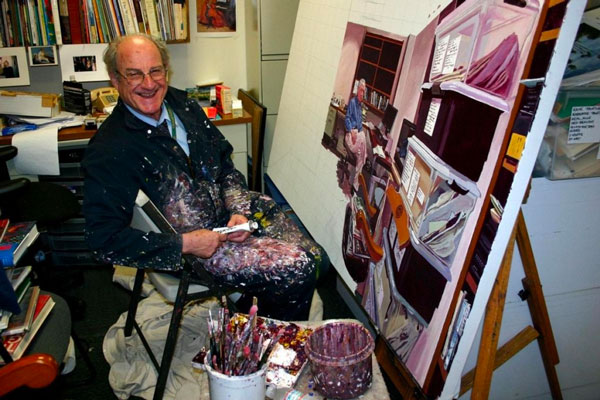
We recently met up with artist Mel Leipzig at Artworks in Trenton. He was there to do what he does every day – create big paintings of people he likes. While the Artworks staff went about their business getting the space ready for this year’s Art All Day event, happening this Saturday, Mel pulled a few of them aside to capture them in their natural habitat in acrylic.
Although he’s a Brooklyn native, Leipzig has called Trenton home since he joined the faculty of Mercer County Community College, where he was a beloved professor for decades. He is represented by Gallery Henoch in Manhattan, and his work is in the permanent collections of The Whitney Museum of American Art, The Cooper Hewitt Museum, Yale Art Gallery and The White House Collection.
A conversation with Leipzig always zigs and zags through history, philosophy and politics. Spending some time with him on his home turf as he sets up his easel and prepares to dive into a painting of members of the arts community he knows and loves, it was easy to float along with him and forget that there’s anything else to think about.
For Leipzig, painting is meditation, medicine and a lifelong vocation.
Discover Jersey Arts: So, just how much do you paint?
Mel Leipzig: I paint every day. As of right now, I have 30 paintings I’ve got to finish. I’m always starting paintings, and I’ve got to paint every day to keep up.

DJA: Tell us about the Rider University Art Gallery show that just came down. “Mel Leipzig: Octogenarian.”
ML: Well, I’m 83 now, and so I decided to show all the paintings I’ve done in my 80s, and I’ve had a very good response from it.
Also, I’ve changed the way I paint a bit. I mean, I’m still a realist painter and I paint people, but I’m playing around with color a lot. You know, when you get old, it’s not good to always keep doing the same thing all the time. So, I’m experimenting.
Sometimes people ask me why I’m still painting. They expect people my age to be sitting in a wheelchair or something. So, I ended up calling the show “Octogenarian” – all recent paintings – because I wanted people to be aware of the fact that I’m painting as much now as I’ve ever painted in my life, and that I’m also experimenting more than ever.
DJA: So, you paint every day – and that usually means that you’re on location painting real people in real time – not alone in a studio.
ML: Yep. Every day. I mean, there are some days I can’t because I have a social obligation, or, you know, I have children and grandchildren, and if they want me to do something, I do it. But other than that, I just paint. It’s very good for you. It’s very life-giving. Nothing against people, but I actually enjoy painting more than socializing. I find socializing a little exhausting after a while, to be honest.

DJA: It’s funny that you say that, because one of my questions for you was: Why do you paint people?
ML: I love painting people. And I love people. And I like looking at people. All people. I don’t like this idea of having to paint “perfect” or “ideal” people. I think that’s ridiculous. I like people who look like people, like real people, like a real human being would look. So, I’m not an idealist in that sense. I can’t paint somebody I don’t like, by the way.
DJA: Oh, really?
ML: I never do it.
DJA: You’ve tried?
ML: I’ve tried, yeah. I really can’t do it. I don’t want to get into it, but I won’t do it if I don’t like somebody.

DJA: Well, without identifying anybody, can you tell me what happens when you try?
ML: Well, for example, once I was painting somebody who was very annoying, and I was getting nowhere with the painting. And then, I finally just told this person to leave, and I got somebody else, and then I finished the painting in about 20 minutes.
DJA: Do you feel like you work faster than most painters?
ML: I work very fast now because I just start painting without drawing first – without any compositional studies – and so what I’m doing is painting and drawing at the same time. Lots of artists have worked like that. I don’t think I have ever seen a drawing by Velázquez. He was a direct painter. And Manet, who I love, he was a direct painter. There are some Manet drawings, but not many. It’s not like Degas, who has, like, five million drawings. He painted from his drawings.

DJA: Could you explain, in a nutshell, how you made your way from Brooklyn to Trenton?
ML: Well, I really traveled from Manhattan to Trenton, because I left Brooklyn when I was 18. I went to Yale, which had a very famous art school because Joseph Albers taught there. He was the most famous teacher I studied with. And then, when I came back, my mother kicked me out of the house because I ran up the phone bill. And so I ended up living in Manhattan in the ‘60s, which was wonderful. It was really terrific. But you could get an apartment in Manhattan for very little money in those days.
I ended up getting a part-time job at the Museum of Modern Art. Then I got a full-time job at the Cooper Hewitt Museum. And then, at the end of the ‘60s, I met my wife, and she was really the best thing that ever happened to me. Long story short, I got a job teaching painting at Mercer County Community College very soon after it was founded.
At first I commuted from New York to Trenton. I had an apartment in Manhattan that was $90 a month – 12-foot high ceilings, fully furnished with antiques because our landlord was an antiques dealer, plus a ton of cockroaches. Then, when my daughter Francesca was born, we decided we didn’t want to bring up a child in Manhattan. So, we moved to Trenton. I love it here. Always have.
DJA: You mentioned that making art is “life-giving.” Could you expand on that?
ML: Yes, I think it’s very good for people to be creative. It’s very healthy.

DJA: Could you give us an idea of what’s going on in your head, or your body, when you’re creating a painting?
ML: It’s hard to say. You become completely involved, you forget about everything – and I mean everything. There could be a fire outside, you wouldn’t pay any heed. Or there could be bombs falling and you would just continue painting. It’s amazing. And the whole involvement – the act of concentrating on doing the painting – you use a lot of instinct. And a lot of stuff is done spontaneously.
DJA: That sounds a lot like what people try to get from meditation or yoga. Musicians talk about that too. Maybe it’s something about the arts in general. It just can’t be done without total concentration, and that can be liberating. The discipline can be liberating.
ML: I’ll give you an example, because I remember this so clearly. I was painting somebody at her home, and she had a driveway that was, like, a really big hill. And I had a van, and all of a sudden something went wrong and it started sliding down the driveway. I panicked. I turned the wheel somehow and managed not to crash, but I was really hysterical – because my van had broken down and I’d almost crashed it. And I remember thinking: “How can I paint now?” But Lotta, my subject, was there – she was waiting, and I just started painting. Well, I painted her for about three hours, and by the time I was finished, I didn’t care about the van at all.
For artists, that’s what it does for you. I mean, I know it’s just a painting. Let’s face the reality of the situation. But artists are obsessed, you know? It’s obsessive. My wife used to not like that about it so much, but you have to be obsessive to make art.
DJA: Do you think that’s a big part of art history – starting with Cave Art?
ML: Yes. Oh, sure. First of all, look at children. I have a granddaughter, she’s 11, and since the time she was five, she’s been drawing these animals, incredibly. It’s just in her to do it, and she draws constantly, just constantly. And with cavemen, they didn’t go to art school, you know? But I’m almost certain that when people saw them doing it, they thought it was magic.

DJA: Can you remember the first serious drawings you made as a kid? Meaning, the first drawings that you were serious about making?
ML: I remember my father brought home a book of musicians, of music. He played the violin. And I copied a portrait of Bach. I saw Bach’s picture in there, and all these other composers, and I did copies of them all. I think I might have been around seven or eight; I’m not sure. And I remember, for my bar mitzvah, my friends from high school – not my parents – got me a set of oil paints, and I did a painting. I called it “The Castle of John Sobieski” – I was very interested in history as a kid, and John Sobieski was a very famous king of Poland who had defeated the Turks at the battle of Vienna.
DJA: Your style – even though you’re a realist painter – is so distinctive. It really is part of you. As an artist, and a teacher, what advice can you share with young artists? Or, put another way, what’s a lesson that you learned along the way that helped you become a successful artist?
ML: I always drew. I was very good at a very early age, and, when I was in high school, I got a scholarship to take art classes at the Museum of Modern Art. And I studied with this guy who said that symbolism was the basis of all painting. I believed him – you know, when you’re young you believe any nonsense. But I went there every Saturday to paint, to work.
I do think that school can sometimes be dangerous for artists. I’ve seen people ruined by art school. When I went to art school, it was the era of Abstract Expressionism and Jackson Pollock, and a lot of the kids were just flinging paint all over the place. And my teacher actually wanted me to do that too, but I knew I wasn’t going to do that.
You have to learn to trust your instincts – that’s the thing with painting.
About the author: Christopher Benincasa is an Emmy Award-winning arts and culture journalist. He produced content for NJ PBS for a decade before co-founding PCK Media. Christopher currently works as a freelance producer, video editor, writer, and communications specialist for a diverse set of commercial, non-profit, and government clients. His work has been featured on various PBS stations, and in American Abstract Artists Journal, The Structurist, Paterson Literary Review, and JerseyArts.com.
Content provided by
Discover Jersey Arts, a project of the ArtPride New Jersey Foundation and New Jersey State Council on the Arts.
FEATURED EVENTS
Narrow results by date, categories, or region of New Jersey.
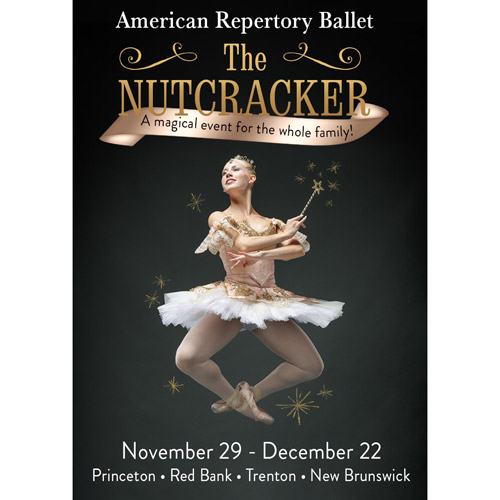
American Repertory Ballet's THE NUTCRACKER
Friday, November 29, 2024 @ 7:00pm
McCarter Theatre Center
91 University Place, Princeton, NJ 08540
category: dance
View event page for full information

American Repertory Ballet's THE NUTCRACKER
Friday, November 29, 2024 @ 2:00pm
McCarter Theatre Center
91 University Place, Princeton, NJ 08540
category: dance
View event page for full information
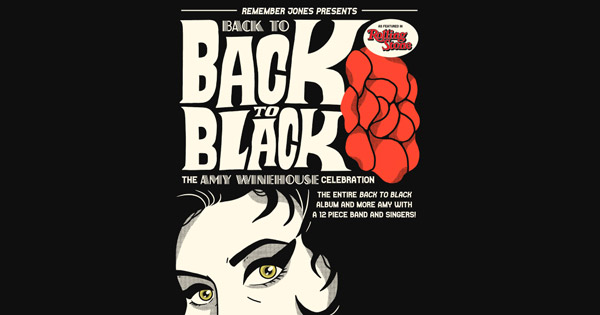
Remember Jones Presents back to BACK TO BLACK: the Amy Winehouse Celebration
Friday, November 29, 2024 @ 7:30pm
The Vogel
99 Monmouth Street, Red Bank, NJ 07701
category: music
View event page for full information
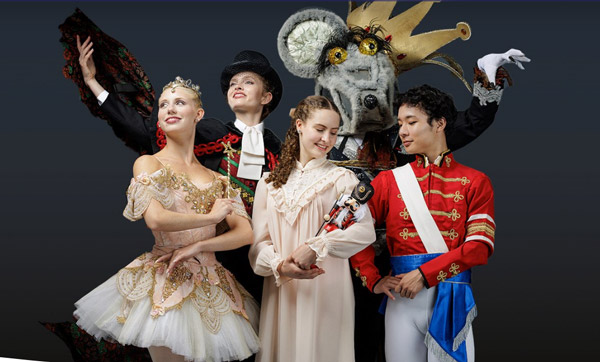
American Repertory Ballet Presents "The Nutcracker"
Friday, November 29, 2024 @ 7:00pm
McCarter Theatre Center (Matthews Theatre)
91 University Place, Princeton, NJ 08540
category: dance
View event page for full information

American Repertory Ballet Presents "The Nutcracker"
Friday, November 29, 2024 @ 2:00pm
McCarter Theatre Center (Matthews Theatre)
91 University Place, Princeton, NJ 08540
category: dance
View event page for full information

Matteo Bocelli – A Night with Matteo
Friday, November 29, 2024 @ 8:00pm
Count Basie Center for the Arts
99 Monmouth Street, Red Bank, NJ 07701
category: music
View event page for full information

A Charlie Brown Christmas: Live on Stage
Friday, November 29, 2024 @ 5:00pm
Mayo Performing Arts Center (MPAC)
100 South Street, Morristown, NJ 07960
category: kids
View event page for full information

A Charlie Brown Christmas: Live on Stage
Friday, November 29, 2024 @ 2:00pm
Mayo Performing Arts Center (MPAC)
100 South Street, Morristown, NJ 07960
category: kids
View event page for full information

Anthony Rodia
Friday, November 29, 2024 @ 8:00pm
Bergen Performing Arts Center (bergenPAC)
30 North Van Brunt Street, Englewood, NJ 07631
category: comedy
View event page for full information
More events
Event Listings are available for $10 and included with our banner ad packages
EVENT PREVIEWS

Mile Square Theatre presents the World Premiere of "The Christmas Show Must Go On"
(HOBOKEN, NJ) -- Mile Square Theatre presents the World Premiere of The Christmas Show Must Go On by Pia Wilson from November 29 through December 15, 2024. This is a new classic tale for Christmas! The fairies in the Christmas Realm have been losing their power and the Christmas ghosts may all be leaving the realm to become Halloween ghosts. Can the Christmas Fairy welcome humans to the show for the first time ever, stop the ghosts from defecting, and make the annual Christmas Show happen?
UPCOMING EVENTS
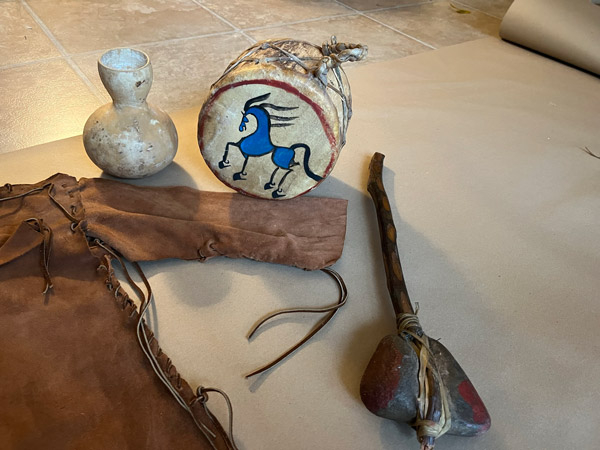
South Jersey's Indigenous Communities Celebrated in New A.C. Arts Garage Exhibit
(ATLANTIC CITY, NJ) -- A new exhibit at the Noyes Arts Garage of Stockton University will celebrate two southern New Jersey tribal communities through the display of historical documents, traditional artifacts and contemporary art. "Still Here: The Nanticoke Lenni-Lenape and Powhatan-Renape Nations of Southern New Jersey" opens October 9 and runs until January 5, 2025.

















